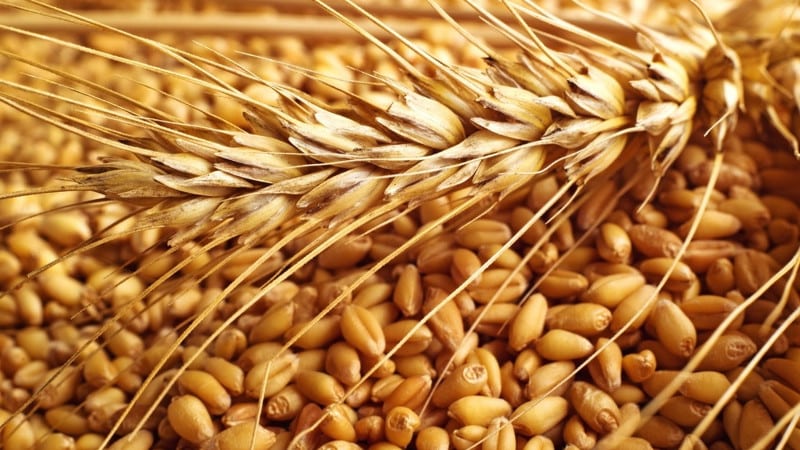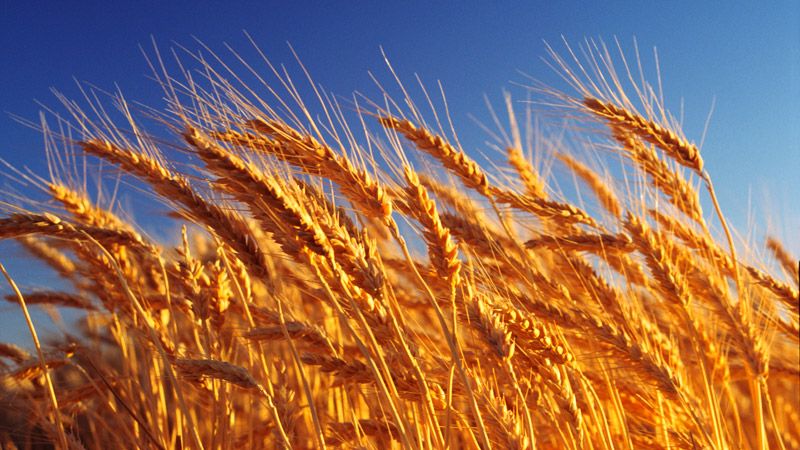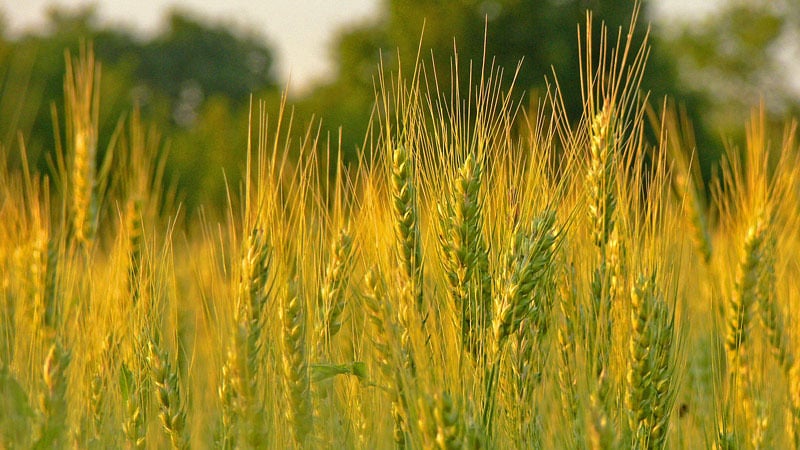What are the classes of wheat and how do they differ from each other?
Humanity has been familiar with wheat for thousands of years - since ancient times, flour has been made from it, which is then used to bake bread, produce alcohol, and feed for livestock. Millions of hectares of agricultural land are devoted to this crop, and with population growth this area is increasing. Breeders have developed hundreds of varieties of this cereal with different characteristics and consumer properties. Ordinary consumers associate this culture with endless fields, spikelets, combines, mills, bread and confectionery.
Meanwhile, this agricultural crop has a lot of features about which the non-specialist knows very little or nothing at all. In the article you will learn how wheat is classified and how different varieties, types and varieties of grain are used.
What classes is wheat divided into?
The basic grain classification is used to indicate grain quality. According to qualitative criteria, wheat is divided into six classes - from the first to the sixth. The first is considered the best, then the classification goes in descending order of quality indicators and consumer properties.
The classes, in turn, are grouped into two groups - group “A” and group “B”. Group “A” includes the first three classes of wheat (1st, 2nd, 3rd class). Group “B” includes two classes (4th and 5th grades). 6th grade stands alone and represents the lowest quality grain with a large amount of debris, impurities, and defective grains.

How to define a class
The crop class is determined based on the characteristics of the grain (gluten content, protein, presence of impurities, debris, damaged and diseased grains, etc.).
The main indicators that determine the class are the following parameters: glassiness, gluten and protein content.
Vitreousness - this is an indicator characterizing the flour-grinding properties of grain - its grain-forming ability and the proportion of high grades of flour produced from it. According to the glassiness indicator, this crop is divided into glassy, partially glassy and mealy. Vitreousness is determined by cutting the grain and examining it using a diaphanoscope.
Gluten is the percentage content of a group of storage proteins in grain crops, which determines the taste and baking properties of the grain. The gluten and protein content is determined by laboratory methods.
Comparison table of characteristics

Grain is compared by class in accordance with its main characteristics - protein content, gluten content, gluten deformation index, falling number (alpha-amylase content index), grain nature (density), gluten group.
We present the main differences between different classes in the table:
| Classes | Gluten content in % | Protein content in % |
| First class wheat | 30 | 40 |
| second | 27 | 13 |
| third | 23 | 12 |
| fourth | 11 | 18 |
| fifth | 10 | 18 |
| sixth | indicators are not standardized | indicators are not standardized |
The culture of the upper classes is valued most dearly on the market, therefore the most developed countries, as a rule, try to specialize in the production of grain of the highest category (first, second, third class). They prefer to purchase feed (feed) wheat from less developed countries.
Types
In addition to the above classification, culture is divided into soft and hard varieties, as well as by type of sowing - on winter and spring.
Soft and hard
Soft and durum wheat varieties differ in the appearance of the ears and grains (in soft the stems are thin and hollow along the entire length, in hard wheat the stems are thick, filled with loose parenchyma), the grains of soft wheat are mealy, glassy or semi-vitreous in consistency, color from white to dark red Soft wheat is grown in regions with a humid climate (where there is guaranteed precipitation), while hard wheat is grown in regions with a dry climate.
Durum varieties have smaller and harder grains of a yellowish or brown color. The starch of soft wheat has softer and larger grains, so its flour is more crumbly, does not absorb liquid well, and is prone to hardening, which is why it is used for making confectionery products.
In durum wheat, the starch grains are hard and small, the flour made from it has a fine-grained structure with a high gluten content, absorbs water well, does not go stale for a long time, and is used in the production of pasta.
Reference. Durum wheat contains more gluten, has a higher glassiness, is less susceptible to disease and pests, does not crumble, but has a lower yield (by about 2 centners per hectare).
Winter and spring
Winter wheat is used in regions with pronounced seasonality. Winter crops are sown at the end of summer or at the beginning of autumn; by the onset of cold weather it has time to grow very well. take root and germinate, and in the spring it resumes its growth and ripens earlier than the spring one.It has high unpretentiousness and productivity (it is 20-25% higher than spring in this indicator).
The spring crop is sown in the spring; during the summer it goes through its full development cycle and produces a harvest in the fall. It adapts well to any conditions; it is also used in case of complete or partial loss of winter wheat for sowing in spring (“overseeding”).
Application of wheat depending on its classification

Wheat of the first, second and third classes (group “A”) is considered food and is used in the flour-grinding and baking industries for the manufacture of various bakery products. The grain crops of this group are widely exported.
Wheat of the fourth and fifth classes (group “B”) is also considered food and is used for the manufacture of various cereals and pasta.
Wheat of the sixth class is considered feed (the lowest quality) and is used for the production of various feeds and nutritional supplements for farm livestock.
Countries with developed livestock farming and industry prefer to import feed grain, since their grain agriculture specializes in growing wheat of the highest grades.
Conclusion
Knowledge of the classification of wheat and its areas of application is necessary both for general development and for the correct choice of purchasing policy when purchasing large volumes of wheat and producing food and feed products from wheat.